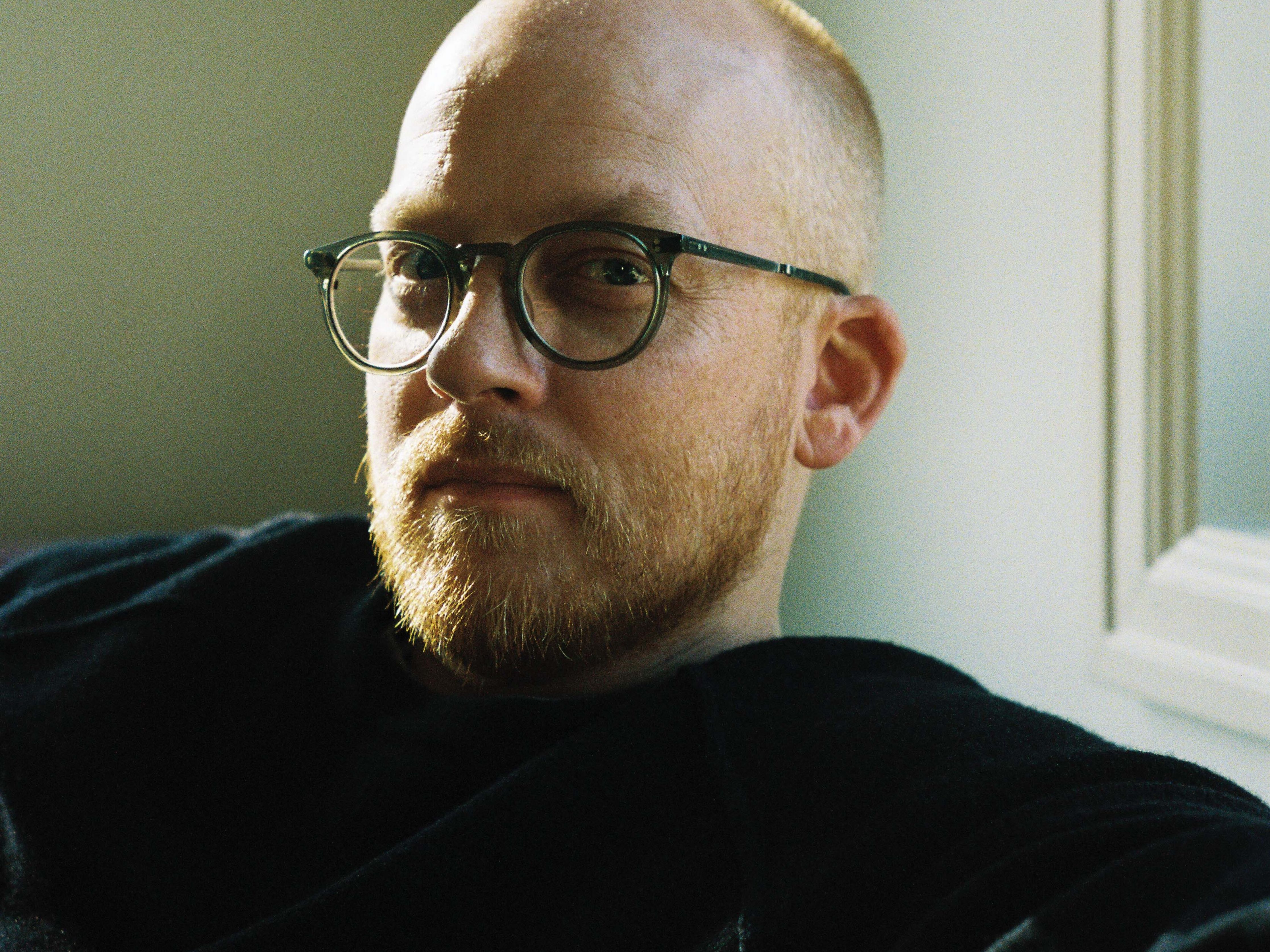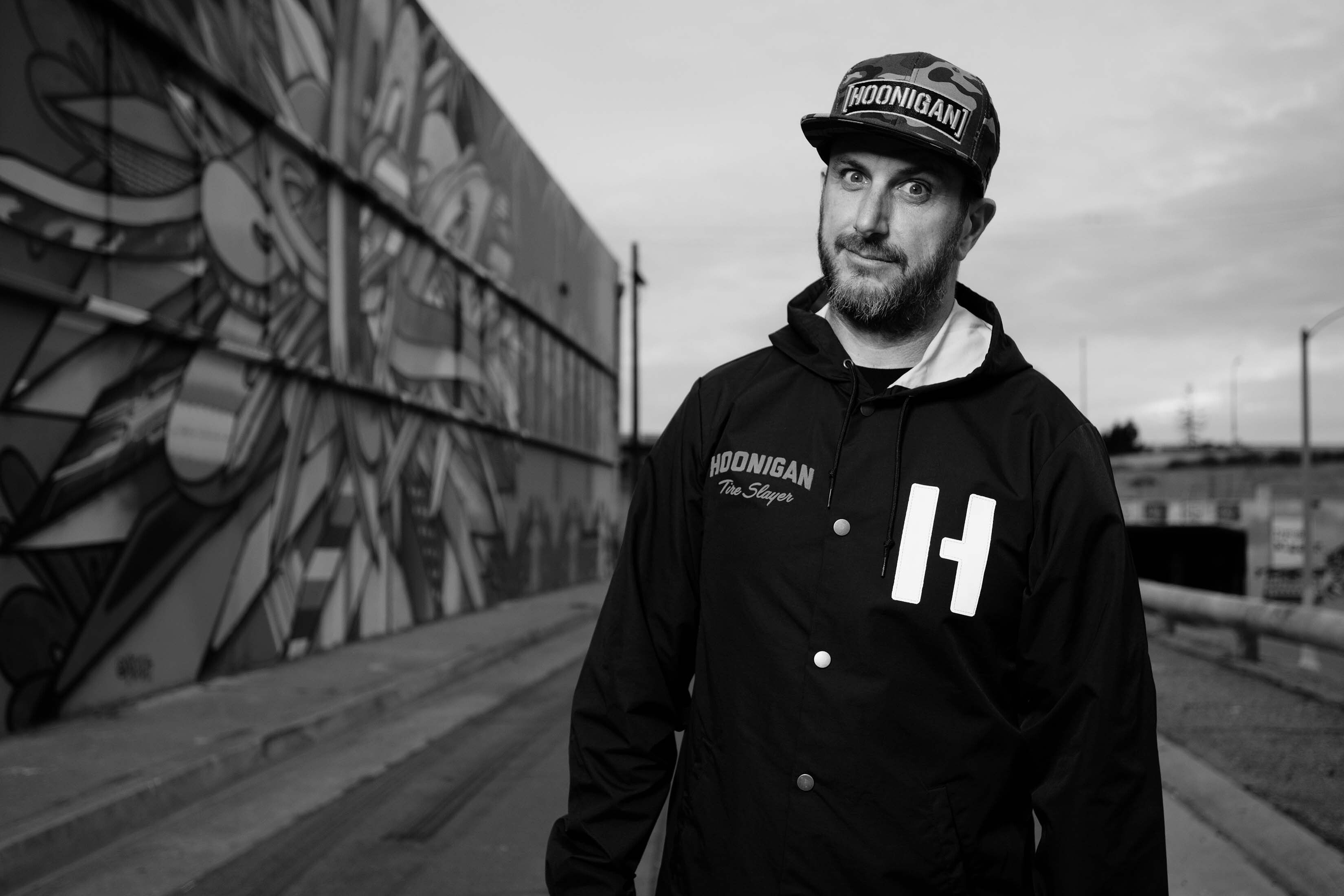Grasping the Concept: Getting and Appreciating Conceptual Art
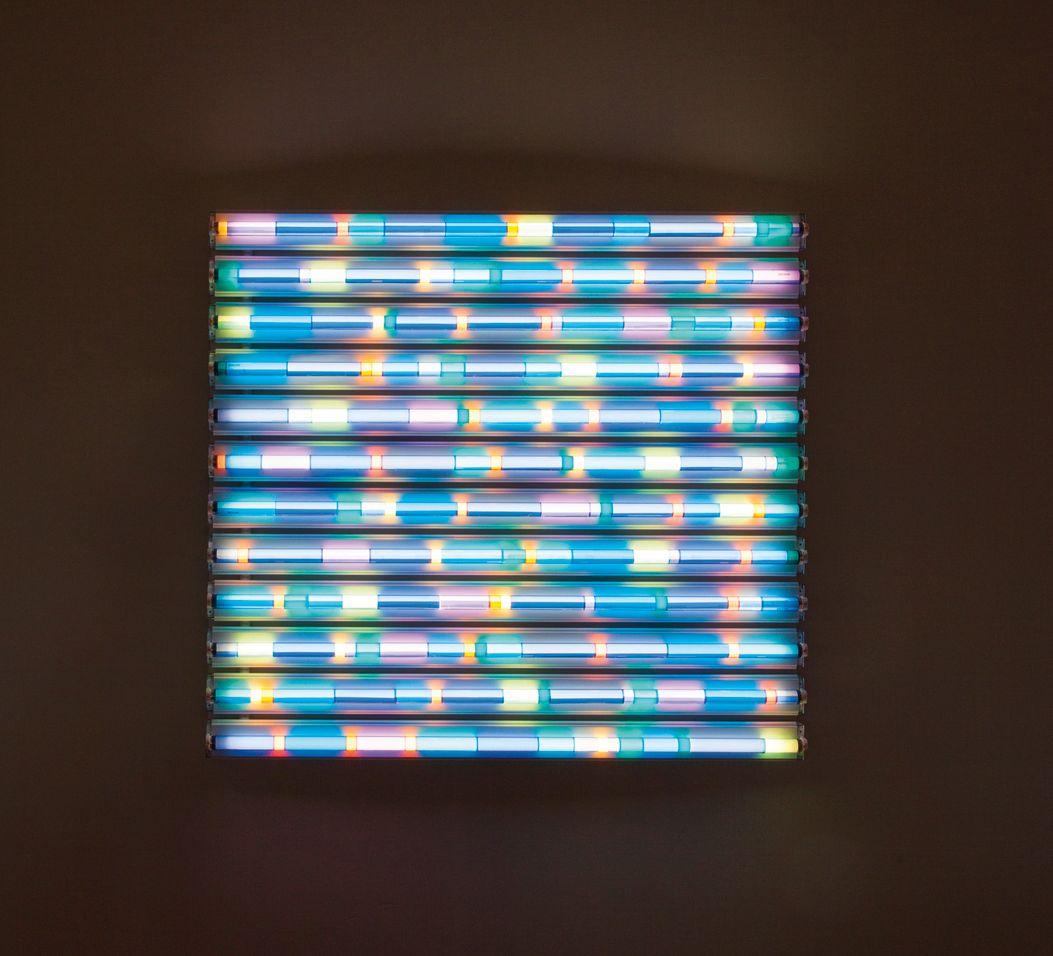
Winter Light by Spencer Finch
You walk into the room and are instantly mesmerized. Your emotions cycle through confusion, amazement, curiosity, awe, and maybe even anger as you stand and stare. A friend nudges you, breaking the trance—time to move on. But part of you is left there, your mind returning to that fleeting connection.
Such is the reaction viewers often experience when seeing a piece of conceptual art for the first time. Taken individually, conceptual works can elicit all these responses and more. As a whole, this inventive genre forces us to look beyond aesthetic and material properties and examine the artist’s ideas and intentions. In other words, conceptual art questions the very definition of art.
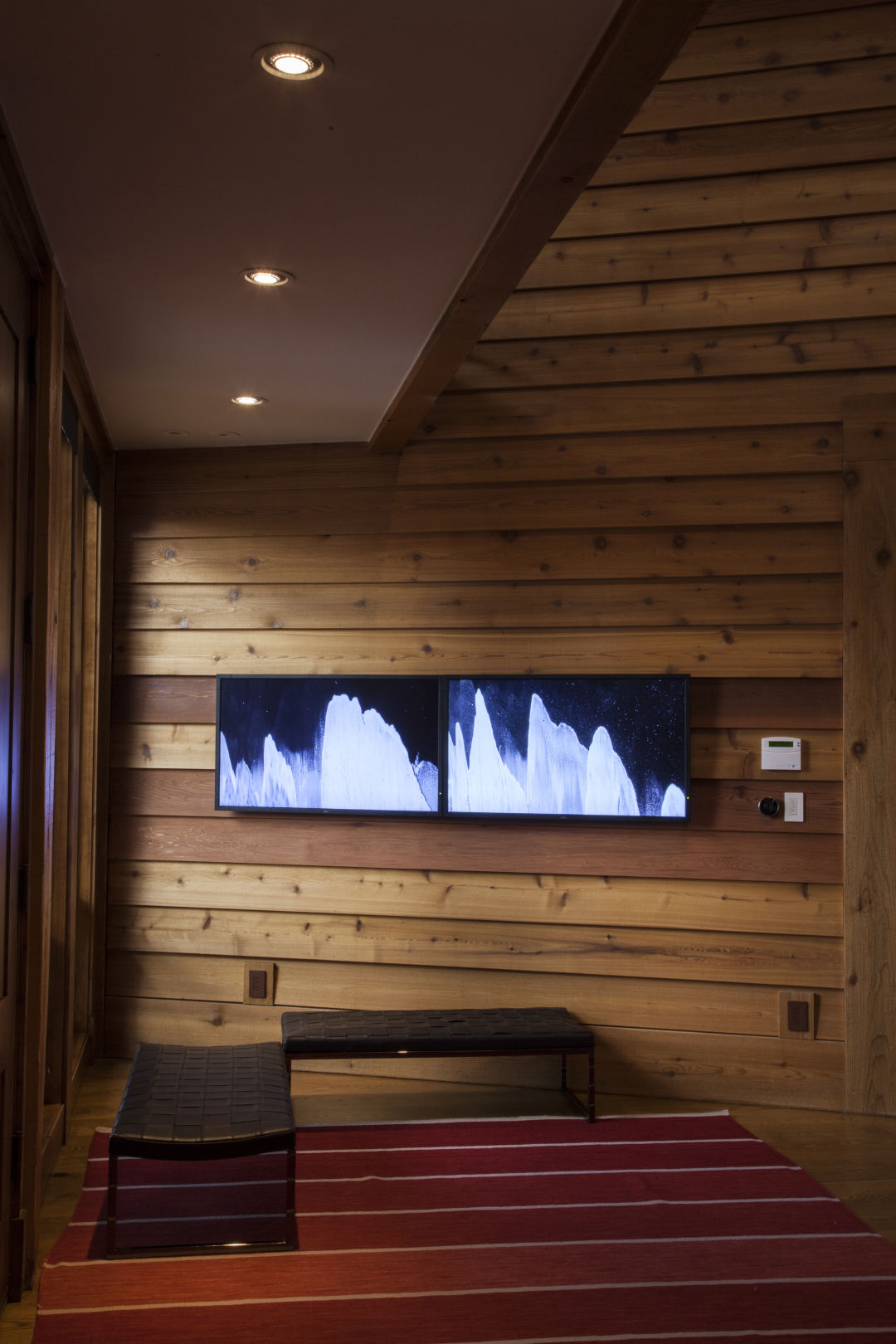
Endless Landscape by Sophie Whettnall
French artist Marcel Duchamp is credited with sparking the movement that would become conceptualism. During the early twentieth century, Duchamp’s “ready-mades”—found objects presented as art—challenged long-held assumptions. The most famous example, Fountain, was composed of a urinal purchased from a hardware store and displayed on a pedestal. Duchamp submitted Fountain for an exhibition, prompting a lasting argument about the nature of art. The work itself was rejected and subsequently disappeared, yet Duchamp’s replicas remain housed in prestigious museums around the world.
The notion of an artist’s focus shifting from mastering traditional techniques to thought processes caused a ripple effect. Conceptualism came into full bloom in the 1960s and ’70s, with visual art taking on myriad forms from multimedia installations and performance to film and land art. A conceptual underpinning is evident throughout subsequent movements in contemporary art, loosely defined as innovative art of the present or recent past.

Scott Murray (left) and Mihail Lari with their dog, Auggie
Art reflects the pace and conditions of society, and 21st-century conceptual or new media artists have countless tools for expression at their disposal. Video, sound, digital images, the Internet, software, and even biotechnology are just a few of the media conceptual artists now use to continually push the boundaries of what art is and can be. That experimentation, however, can cause a disconnect between the artists and those who collect art.
Take, for instance, the notorious 1991 sculpture The Physical Impossibility of Death in the Mind of Someone Living by British artist Damien Hirst. Made from the body of a 13-foot tiger shark encased in formaldehyde, the piece boggled minds with both its content and ultimate selling price of $12 million. Or, consider Chinese artist and political activist Ai Weiwei’s 2011 Sunflower Seeds installation, which comprised millions of hand-painted, porcelain seeds that filled the floor of London’s Tate Modern gallery as a commentary on the politics of economic and cultural exchange. While it’s difficult, for sure, to imagine either of these works in a home or work setting, integrating unconventional art experiences into a private art collection is not only possible; for many collectors it’s an essential departure from the expected.
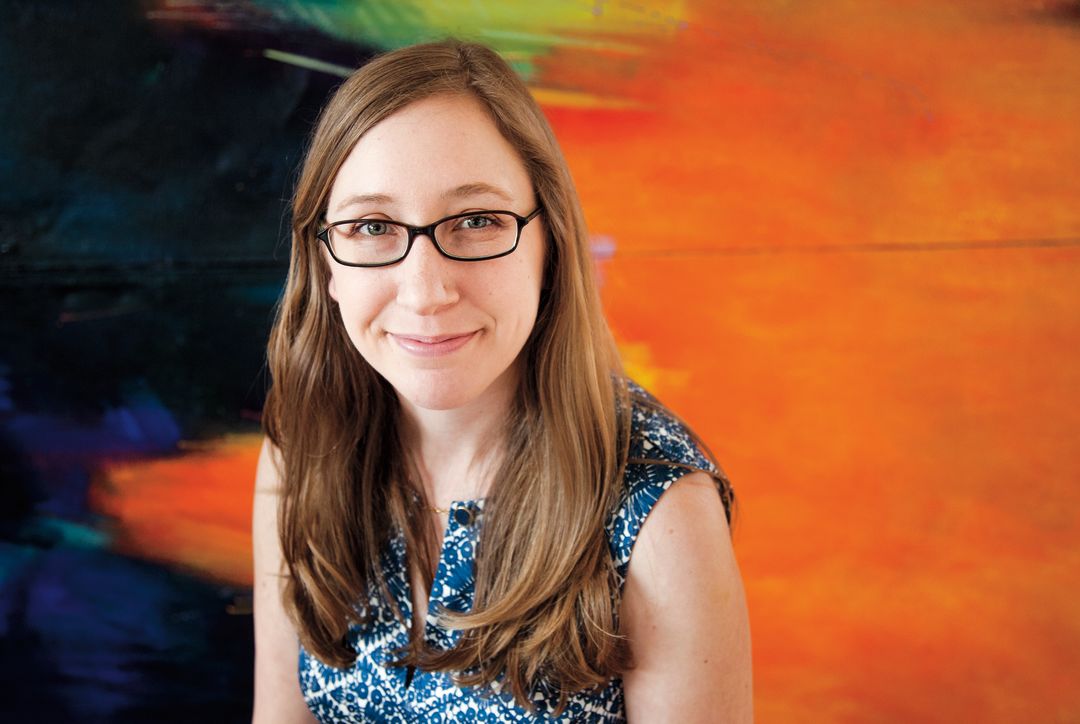
Kimball Art Center Director of Exhibitions Nancy Stoaks
“Meeting the potential demands for equipment and finding the right space in your home—one that will aesthetically accommodate a video with sound, for example—probably represent the greatest initial barriers to purchasing new media works,” says Nancy Stoaks, director of exhibitions at Kimball Art Center. “And, there is still an issue of familiarity. New media and conceptual artworks are newer forms, and many collectors feel more comfortable with the longer traditions of painting and sculpture. But, viewing lots of work and asking questions make these barriers easy to overcome.”
Part-time Parkite Mihail Lari is a collector who embraces new media and concept-driven artists. Lari is president of ArtLinked, a startup that connects artists, collectors, and art professionals through social technology. He and his husband, Scott Murray, head of global technology and strategy for eBay customer service, are active patrons of influential art institutions around the world. But, the pair started collecting as many other couples do, buying a painting together and slowly expanding from there. “The challenge of conceptual art is no different from the challenge of owning a photograph or painting,” Lari explains. “The technology is different, but you have to take care of the art regardless.”
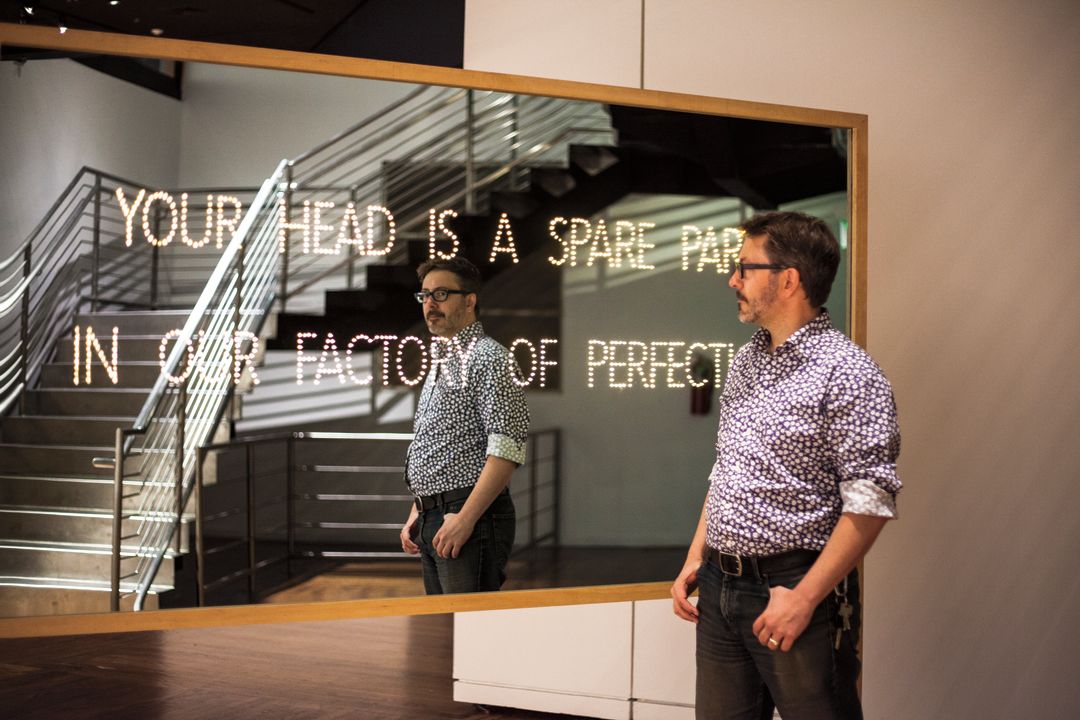
Kristian Anderson, executive director of Salt Lake City’s Utah Museum of Contemporary Art
Upon entering the couple’s Park City home, guests are met with Belgian artist Sophie Whettnall’s Endless Landscape, an undulating, black-and-white video diptych spanning two flat television screens. The work is striking yet minimal, setting the tone for what’s to come. Throughout the home, contemporary artworks made with video, LED lights, computers, generative animation, and customized software are thoughtfully placed among Lari and Murray’s collection of fine art photographs, abstract paintings, and sculpture. Professional installation and attention to detail result in a home that feels refined and tranquil.
Lari’s approach to collecting involves finding a focus, and even the most daring pieces fit into the mix without causing disruption. A glowing, wall-mounted sculpture of fluorescent lights wrapped in colored filters, for example, may sound like something that would not exactly work in a quiet mountain retreat. But, American artist Spencer Finch’s Winter Light feels right at home here, as do other works that might give potential buyers pause. “Think about what you’re collecting and why, then experiment with purpose,” suggests Lari, adding that, “things look good if they make sense together.”
Kristian Anderson, executive director of the Utah Museum of Contemporary Art, Salt Lake City’s foremost exhibitor of contemporary conceptual art, holds an expansive view about taking a chance on newer art genres. “Diversity and breadth are always good things in life,” he notes, while also suggesting that “supporting emerging artists today is critical. It’s how we create icons for the future.”
Like any new experience, learning to appreciate conceptual art might be a challenge at first, but in doing so, you may find yourself happily on the path of an unexpected adventure. As Stoaks puts it, “I think collectors of new media and conceptual art are motivated by the same factors as any other art collectors—they are struck by the impact that a particular piece has on them.”

